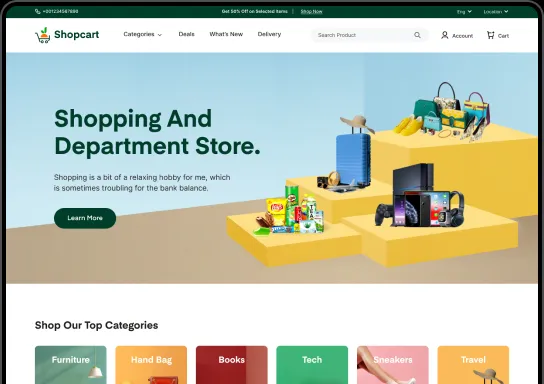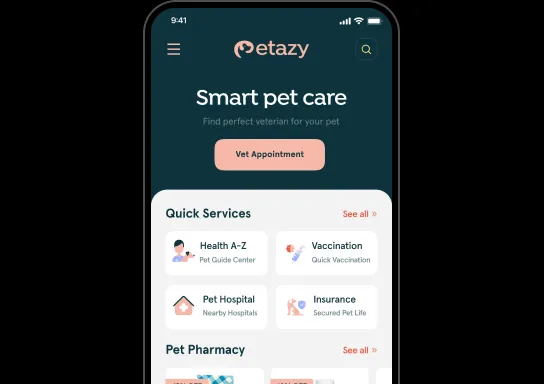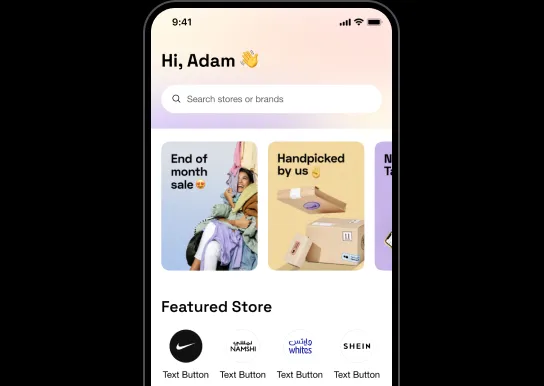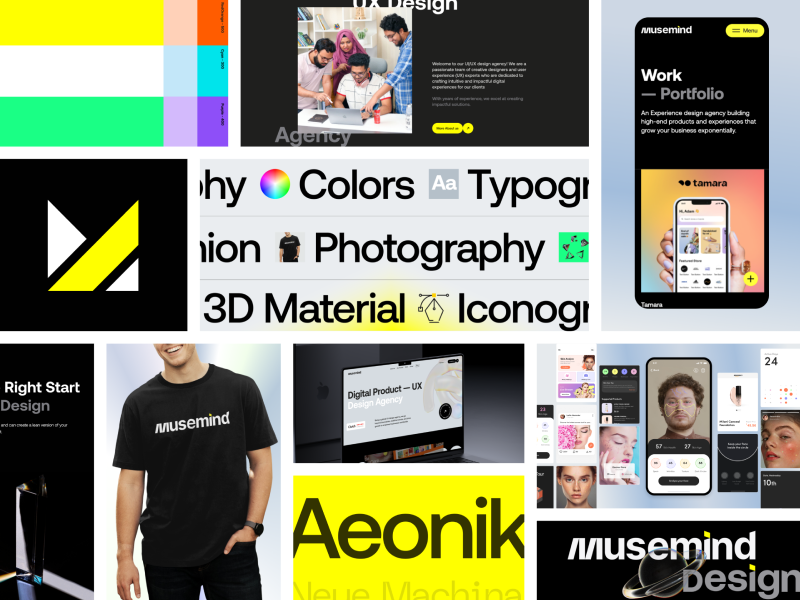Wireframes are a fantastic tool for prioritizing content since they expose space limits and allow you to arrange the page's parts in a logical hierarchy. You'll save a lot of time later when you start styling the pages and filling them with information if you have the chance to see the hierarchy of your pages and begin visually presenting the space limits right away. Stakeholders' feedback on your wireframes should prompt you to make rapid changes, gather further input, and repeat the process until you've achieved your goal.
Whether you are working as a full-fledged freelancer or in a top-notch design agency, you need good wireframing tools to deliver quality outcomes. In this blog, I will be discussing the wireframing design tools You can use in your projects to help you master your workflow and implement your skill set. Following this, I will discuss how to create better wireframes. I am certain by now almost everyone, especially UX designers, knows what wireframing is. Still, it's better for new readers to clarify what wireframing is.
What is Wireframing in UX?
Wireframing is a structural method of designing any website's pages or apps. A wireframe is often used to lay out a page's content and functions in relation to user needs and user journeys. Wireframes are employed early in the development process to build the fundamental structure of a page prior to the addition of visual design and content.
There are two types of wireframes, low-fidelity and high-fidelity wireframes. It depends on the resources and time which one you should choose. If you are confused about it, you can have a look at this article “Hi-fidelity Prototype or Low Fidelity, Which One Should You Choose?”
When it comes to wireframing applications, you will find many suggestions for wireframe tools online, but not every tool will serve your purpose. I will discuss the top 5 tools UI wireframing tools that will help you to draw wireframes smoothly.
1. Figma
Figma is one of the first choices for designers, and why not? It's listed among the best wireframing tools. Not only it has plenty of useful plug-ins, but It also has a free version, it's web-based, and most importantly, all your files can be saved online. You don't have to get worried about deleting them. You don't need to keep sending emails to your clients for emailing or checking new edits; just give them the preview link. Also, it has a feature called Figma Mirror that allows you to see your design from a phone or tablet.
Designers of Musemind mostly use Figma, as it helps to maintain transparency with clients, and they can see the live updates of the design.
2. Adobe XD
One of the advantages of XD is that it doesn't require exporting interface design files to another tool before creating an interactive prototype like other wireframing tools. Adobe XD enables the development of the wireframe, mockup, and prototype in the same file, eliminating the need to connect multiple devices or re-export tens of thousands of times for each iteration.
People compare it to illustrations and Photoshop; if you are familiar with Photoshop, then you will be more comfortable using XD than other wireframing applications. It is only available for desktop use, which is its primary drawback, and its price is relatively high in comparison to that of other programs.
3. Balsamiq
Balsamiq enables you to quickly create basic wireframes and nail down all of the elements of your site/interface before implementing or creating it with visuals. The best feature is the ability to show any potential online design element: menus, radio buttons, text boxes, popups, forms, and anything else you can think of.
It also allows you to display those elements in various situations, such as a drop-down menu that has been opened to view all possible drop-down possibilities.
Deep customization enables you to fine-tune every aspect of an interface before going to production.
Some of the features, such as revision histories, are difficult to understand at first and necessitate a brief learning curve. It is tough to browse elements and all of their states; you must first choose them and then delve further into the element's settings.
4. Lucidchart
Lucidcharts, as the name suggests, can help you create better charts! What I mean is better wireframes. If you work with people who are not familiar with design tools, with lucid chart will help you facilitate more remote collaborations, share your process, and gather feedback from one place; plus, it comes with free templates that you can use in your projects. But it's hard to make interactive prototypes in this app.
Its key defining quality is that it is browser-based. Real-time collaboration, comments, chat, and other features are available whether you are working on Windows, Mac, or Linux. Plus, it is cheaper compared to many wireframing tools.
5. UXPIN
This is a tool made specifically for wireframing, and it has a very simple interface. It has clear icons and a good library of user interface elements that you can drag and drop into your wireframes. It also has parts for iOS, Android, Bootstrap, and Foundation. Both Sketch and Photoshop have the ability to import and export files, allowing you to transform your wireframes into fully functional prototypes at a later time.
Its Merge feature lets you design with code to make prototypes that look very real, and Auto Layout makes it easier to avoid doing the same things over and over. It also has great tools for working on wireframes with other people and top-notch tools for live presentations to show clients your designs. UXPin is the best wireframe tool for most uses because it is easy for new users to learn and has a lot of advanced tools for more experienced users.
6. Mockflow
MockFlow is online wireframe software that assists designers in planning, building, and sharing their work. MockFlow includes a wide library of mockup components, icons, stickers, and other shapes that users may use to quickly and easily create interface mockups. MockFlow's built-in sharing functionality and team chat make it simple for people to collaborate on designs in real-time.
It offers a highly clean and user-friendly user interface. By delivering a plethora of UI packages and functionalities without being overwhelming to the user, the tool makes it quick and simple to begin wireframing. The design interface is quite clean; when testing, all edit controls are located on the left side of the screen, maximizing room for the design itself.
What's The Best Way to Build Wireframes?
- Start with pencil and paper first. Sketching may seem like it's taking a lot of time, but the process shouldn't take much longer; plus, it will help you to visualize the whole process.
- Don’t use colors. A wireframe's objective is to lay out content, page and view elements, and describe the app's operation. Any design features, such as color, detract from the fundamental objective. So keep the color in the mockup and out of the wireframes.
- Use a grid-based online tool to proportion page components. Grids help you determine proper spacing and how things will look on the page. Box copy, photos, and ads can be used to represent page elements.
- Try adding actual text instead of using “lorem ipsum.”It's obvious that lorem ipsum is pretty convenient, but adding actual text will help you to keep track of the content you planned specifically for those places.
- Annotate where required. Wireframes are essentially blueprints; they serve as the designer's and developer's guidance for constructing the application or website. Add notes if you want them to be easier to read and comprehend.
- Reuse styles and symbols, and make sure you choose a wireframing tool that will let you do so. This will not only assist in speeding up the process, but it will also help to keep your wireframes consistent.
- Include all the main elements. It depends on the website and what are your important elements; it can be buttons users need to click before reaching their destinations.
- Get feedback from other stakeholders once it's completed. It's better to opt for a wireframing tool that will you let you collaborate with others, and you can receive their feedback and track your progress.
Conclusion
It says wireframes are like a blueprint of a design. It gives you an understanding of the bigger picture. Wireframes help you stay focused on the designs as it highlights the priorities and map out your journey. Hope The mentioned tools and tips will help you have a great start!



























